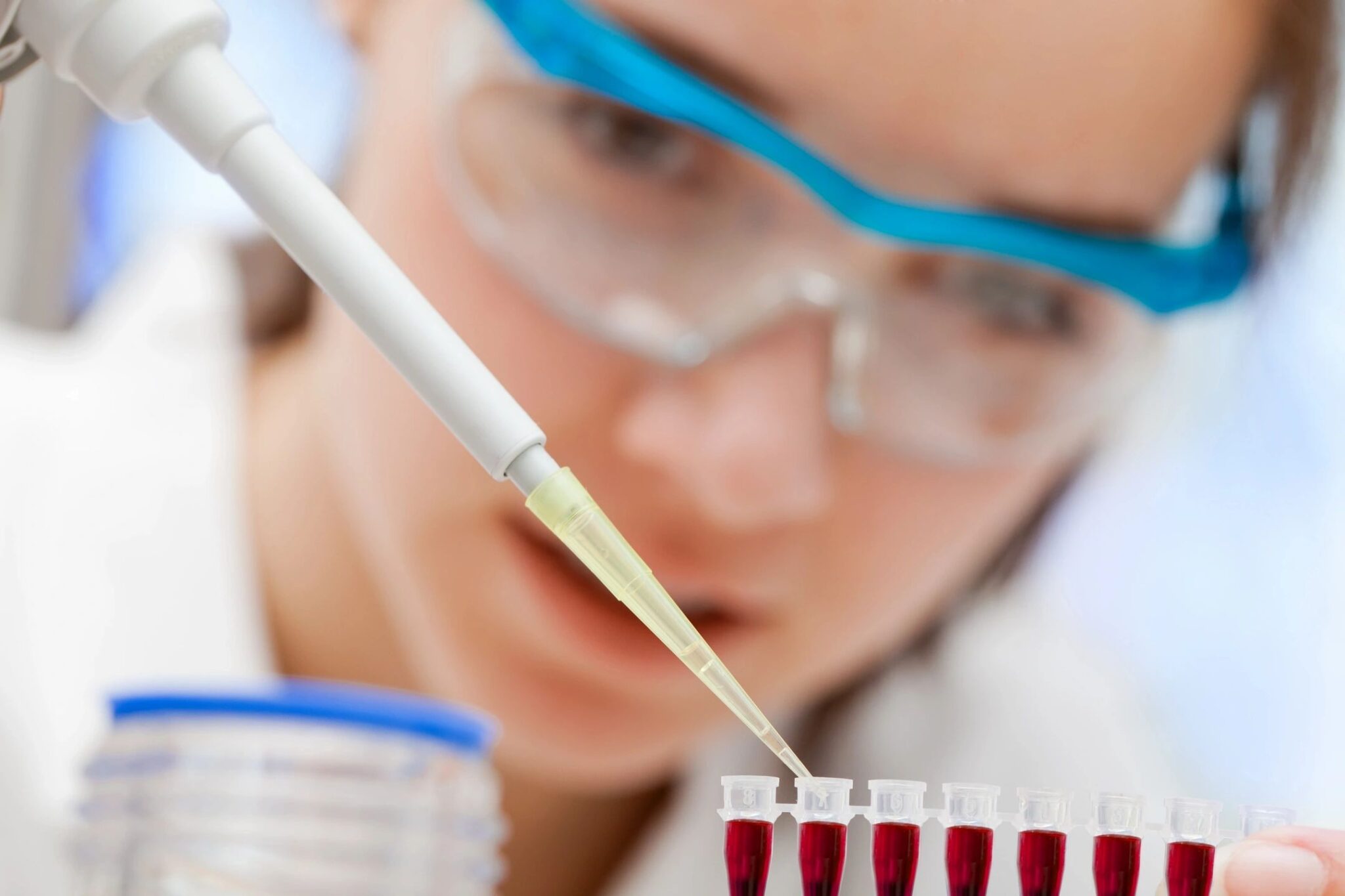A new study shows that tiny particles extracted from the blood of young mice can reverse aging in older mice. The study demonstrated improvements in lifespan, physical condition, and cognitive function in the treated mice, suggesting the potential for young blood to be used in anti-aging therapies.
By Kyle Hewitt
Imagine if a simple injection could make you look and feel younger. This may sound like something from a science fiction movie, but recent research suggests it might be possible—at least in mice. A new study has found that tiny particles from the blood of young mice can reverse some effects of aging in older mice.
The fountain of youth in blood
The idea that young blood could be used to reverse aging isn’t new. In the 1950s, scientists used a gruesome technique called heterochronic parabiosis, a procedure where a young animal and an old animal are surgically joined together by a large flap of skin, so that they share a common circulatory system. These early studies suggested that the blood of young animals had some rejuvenating effects on older animals, such as extending their lifespan and improving tissue function. Since then, researchers have attempted to identify the specific factors in blood that are responsible for these rejuvenating effects.
In a recent study published in Nature Aging, researchers focused on tiny particles found in blood, called small extracellular vesicles (or sEVs). sEVs are produced by all cells in the body and are packed with biologically active cargo like proteins and nucleic acids (DNA and RNA). Acting as messengers, sEVs allow cells to communicate by transferring this cargo. Depending on their contents, sEVs can either support or harm cells. sEVs are becoming increasingly studied in various diseases such as schizophrenia, Alzheimer’s disease, and Parkinson’s disease. In this most recent study, researchers wanted to find out if sEVs from young mice could reverse some of the effects of aging in older mice.
How the study was conducted
Researchers extracted sEVs from the blood of young mice—just 2 months old—and injected them into older mice that were 20 months old. For a mouse, that’s like being in your early 60s as a human. The goal of the study was to determine if these tiny particles from young blood could reverse age-related changes and to understand the mechanisms behind this effect.
RELATED: Using a protein to reverse skeletal muscle aging
What the study found
The researchers discovered several benefits when older mice were treated with young sEVs. Firstly, these mice experienced an increase in lifespan, living 12.42 percent longer than their untreated counterparts.
Although the treated mice were 24 months old, their biological age appeared to be about 15.1 months old. This younger biological age was most noticeable in their skin, fur, and overall physical condition. For example, the mice had healthier fur with less hair loss and fewer skin issues. They also had better posture, fewer tumors, and stronger grip, which are signs of a stronger, healthier body. These improvements meant the mice were less frail, suggesting they were in better overall health and had a higher chance of living longer.
Their hearts and bones were also in better condition, which is an important finding given that aging often leads to weaker bones and heart issues in both mice and humans. Additionally, the treated mice demonstrated enhanced cognitive function, performing better on memory tests and showing improved learning abilities. They also displayed higher energy levels, showing more active behavior and better metabolism, similar to younger mice.
Why does this happen?
The researchers discovered that sEV treatment affected the mitochondria, the energy factories of our cells. Aging typically takes a toll on these tiny powerhouses, leading to decreased energy output and increased cellular damage. This decline is partly driven by the accumulation of certain microRNAs in our blood. MicroRNAs are small molecules that regulate gene expression, influencing various cellular processes. As we age, our blood accumulates more microRNAs that promote aging and fewer that support healthy tissues and mitochondrial function.
The sEVs from young mice contained specific microRNAs that regulate genes that keep mitochondria functioning optimally. These microRNAs appeared to counteract some of the effects of aging. Specifically, sEV treatment improved mitochondrial function and increased mitochondrial mass, thereby increasing energy production in aged tissues. The study findings suggest that by delivering a steady supply of these rejuvenating microRNAs through sEVs, mitochondrial function can be maintained, leading to a beneficial effect on aging.
Does this mean we can reverse aging?
While promising, it’s important to note that this research is still in the early stages and has only been tested in mice so far. However, it opens up exciting possibilities for humans. Evidencing this, the researchers even tested sEVs from young humans on older mice and observed similar benefits. This suggests that components in young blood could one day be part of treatments to help people live longer, healthier lives.
RELATED: How a Molecular Matchmaker Is Furthering Alzheimer’s Research
The road ahead
There’s still work to be done before this research can lead to new therapies. Further research is needed to determine whether young sEVs can reverse aging in humans. But the potential is significant. If demonstrated to be safe and effective, such treatments could not only extend our lifespans but also improve the quality of life in our later years, helping us stay active, healthy, and mentally sharp as we age.
This study was published in the peer-reviewed journal Nature Aging.
References
Chen, X., Luo, Y., Zhu, Q., … & Chen, X. (2024). Small extracellular vesicles from young plasma reverse age-related functional declines by improving mitochondrial energy metabolism. Nature Aging, 4, 814–838. https://doi.org/10.1038/s43587-024-00612-4
Conboy, I. M., & Rando, T. A. (2012). Heterochronic parabiosis for the study of the effects of aging on stem cells and their niches. Cell Cycle, 11(12), 2260–2267. https://doi.org/10.4161/cc.20437
Conboy, M. J., Conboy, I. M., & Rando, T. A. (2013). Heterochronic parabiosis: historical perspective and methodological considerations for studies of aging and longevity. Aging Cell, 12(3), 525–530. https://doi.org/10.1111/acel.12065
Dutta, S., & Sengupta, P. (2016). Men and mice: relating their ages. Life Sciences, 152, 244–248. https://doi.org/10.1016/j.lfs.2015.10.025
Kano, S.-I., Dohi, E., & Rose, I. V. (2019). Extracellular vesicles for research on psychiatric disorders. Schizophrenia Bulletin, 45(1), 7–16. https://doi.org/10.1093/schbul/sby127
Sigdel, S., Swenson, S., & Wang, J. (2023). Extracellular vesicles in neurodegenerative diseases: an update. International Journal of Molecular Sciences, 24(17), 13161. https://doi.org/10.3390/ijms241713161

About the Author
Kyle Hewitt is a neuroscientist and third-year PhD candidate at the University of Wollongong, specializing in neuropsychopharmacology. He has a passion for education, which has led to extensive teaching experience in research statistics, biology, biochemistry, pharmacology, chemistry, and scientific literacy. His current research focuses on the interactions between clozapine, extracellular vesicles, and brain immune cells, examining their impact on neuronal function and cognitive processes. His work aims to shed light on how these elements interplay in the context of mental health and therapeutic intervention. Follow Kyle on LinkedIn and X (formerly Twitter).




